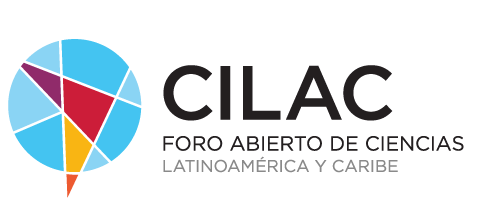
Vaccines, climate change... all are complex issues that, however, must be clarified through scientific literature.
However, according to the study The Politicization of Health and Science: Role of Political Cues in Shaping the Beliefs of the Vaccine-Autism Link, by S. Mo Jones-Jang and Chris Noland, the political opinion It would be the source of that clarification for a part of the electorate.
Donald Trump and vaccines
Ordinary people do not have the ability or motivation to assess health risks on their own. Therefore, we are forced to trust the experts. The problem is that we often assume that our political leaders are always correct and accurate.
When it comes to the false claim that vaccines cause autism, Republicans tend to be more swayed by donald trump than by scientists, according to the aforementioned study.
In the study, 648 participants were asked to carefully read an article on the controversy between vaccines and autism. Participants were randomly assigned to read one of four different versions of the article: one that cited Donald Trump claiming there was no vaccine-autism link, one by a scientist claiming there was no vaccine-autism link autism, and two others in the opposite direction, also with Trump and a scientist, that is, there was a link between vaccines and autism.
The researchers found that Democratic and independent participants tended to align their beliefs about vaccines with the scientist's opinion, regardless of whether the scientist was pro- or anti-vaccine, but were not influenced by Trump's opinion. Among the Republican participants, however, Trump's opinion had a greater impact than the scientist's opinion.
The key finding is that political leaders easily influence partisans on any issue, including beliefs about vaccines, although political leaders' opinions are not necessarily accurate or scientific.
–
The news
In the United States, there are people who trust the opinions of politicians more than scientific evidence
was originally published in
Xataka Science
by
Sergio Parra
.





























